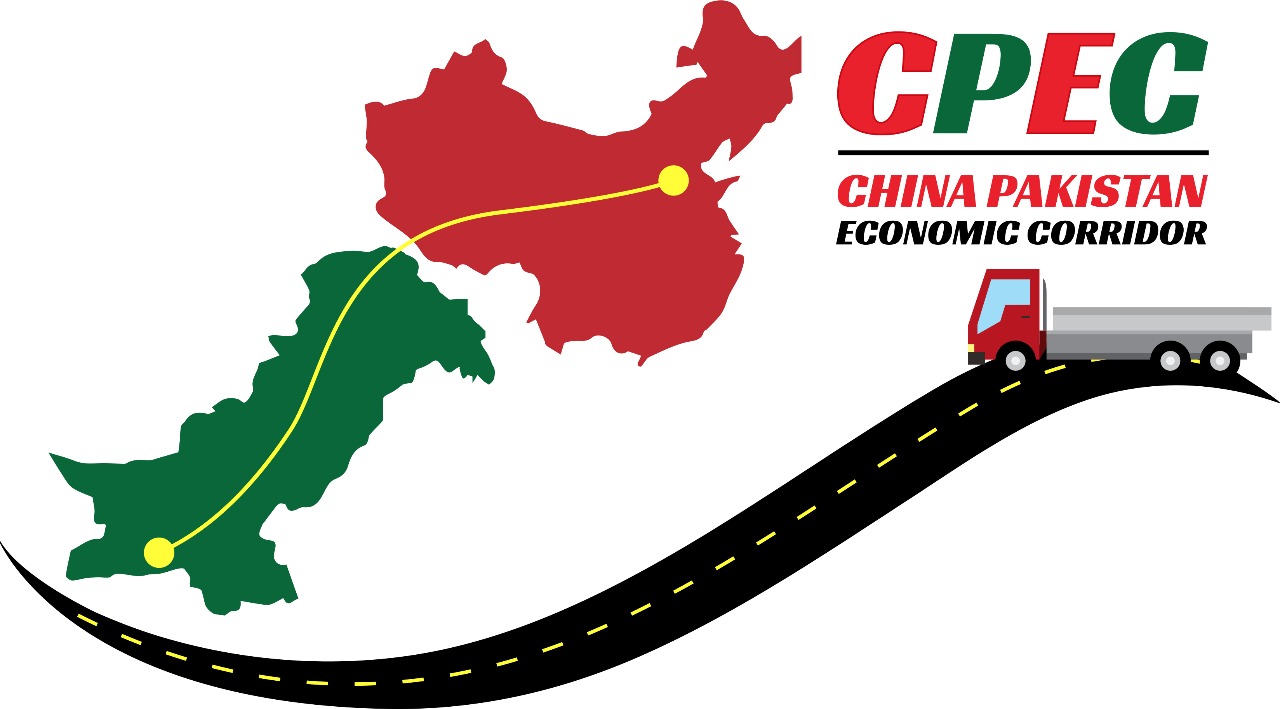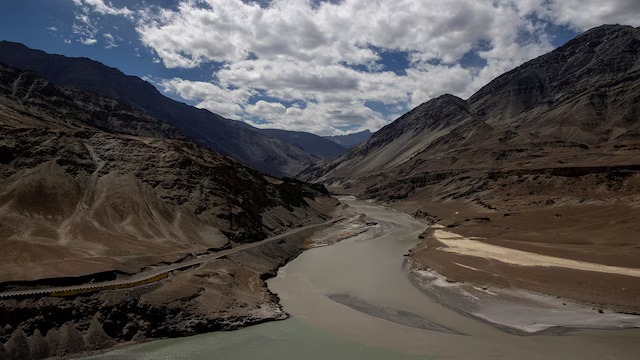
Saba Shahid
It has already been established that the China-Pakistan Economic Corridor (CPEC) offers Pakistan an opportunity for both economic and human development. However, we need to go beyond the debate on whether CPEC will be a “game-changer” or not. Rather we need to focus on the extent to which it can help Pakistan attain its development goals, and how effectively we can achieve the prerequisites to maximise benefits.
Projects in the CPEC are estimated to be between 46 to 62 billion USD, this is around 17 per cent of the country’s total GDP. It will enhance the geo-strategic location of Pakistan, providing easier access to the Middle East (via the Arabian Sea) and Eastern Europe to China and also improve Pakistan’s access to major international markets. In addition to infrastructure development, there are three key elements to CPEC: the development of the Gawadar port, investments in the energy sector and the development of Special Economic Zones. Each of these three areas have their respective challenges and opportunities including the considerable impact on Pakistan’s trade situation, business and entrepreneurship environment, employment levels and youth development.
Pakistan will be able to benefit from these opportunities if policies surrounding CPEC are transparent and evidence-based and are backed by a deep and clear understanding of local conditions. Pakistan’s leadership will need to charter negotiations with China on CPEC in a manner that boosts trade in the country, provides Pakistanis an opportunity for technical learning and creates quality work. Such a framework should also ensure human development vis-à-vis investments in health and education.
Overall, there are four major areas that require immediate attention to improve the management and operation of CPEC if transformative change to Pakistan’s development is expected. Each of these is discussed subsequently, in no specific order.
First, there is a need to address the inevitable demand for greater data and clarity on all CPEC projects. This must come from the state itself, which must provide reliable information, available in one consolidated source. Research indicates that there are over 60 individual projects that fall under the CPEC umbrella. Some of these have been found through the official CPEC webpage, others have been announced by various ministries, including the Long Term Plan on CPEC (LTP) (in November 2017) produced by Pakistan’s Ministry of Planning Development and Reform while several others have been identified through newspaper articles, independent studies or even blog posts. Data collected from public sources revealed 12 infrastructure projects, 19 energy projects, 12 projects specific to Gwadar and 3 related to fibre optics and telecommunications and to the meteorological department. Additionally, the government has listed 6 provincial projects, which involve further infrastructure development, 9 projects related to the establishment of Special Economic Zones and 4 social sector development projects. Even whilst using public sources however, there is ambiguity and overlap within the same source while project lists are updated and changed, making it hard to track investment. For instance the western route has been indicated on the maps available by the official CPEC page but these infrastructure projects are not entirely listed within the CPEC project list on the same website. Moreover, it is hard to differentiate which projects are new and which are a repackaging of existing projects.
In effect there does not seem to be a single integrated resource that indicates all CPEC projects, their exact location, their cost breakdown or financing mix or the expected local employment and income it will generate. The absence of clear, reliable data that is difficult to authenticate is problematic because it feeds into a lack of national consensus, fuelling baseless debate and giving space to unnecessary speculation. The government must prioritize its public data strategy that clearly maps out the location for each project, the relevant ministries, departments and professionals responsible, the time scale and financing for implementation, and the expected developmental impact the project is likely to have. Such a strategy will allow for greater accountability on CPEC and can help promote trust and agreement on what currently is a very controversial undertaking. Additionally, ascertaining consistent transparency of the projects list will help build credibility and will allow more informed analyses.
The second prerequisite the government needs to fulfil to maximize CPEC’s benefits is to exercise people-centred local development by including human development as a priority in the CPEC policy framework. Any policy that intends to make CPEC an economic success should understand and respect the process of ‘Local Economic Development.’ To elaborate, local economic development is neither fully top-down planning nor completely bottom-up policymaking, rather, is a hybrid form of development design that emphasizes participatory and community-led growth. It argues against copy-paste initiatives and champions the significance of locally determined, tailor-made solutions. National consensus cannot be achieved where our diverse economic and social needs at the local level are not catered to. And this is vital if indeed the CPEC is expected to be inclusive and not exclusionary, benefitting only those communities that are able to participate just because they belong to a certain linguistic, ethnic, income class or geographic location. A local economic development approach will also improve the extent to which the economic gains of CPEC are spread or divided across the country. This point has been made even more relevant in the context of Pakistan’s governance post the 18th Amendment, which in theory should facilitate the process of a decentralized system of policymaking and implementation.
Third is giving precedence to Pakistan’s technological learning, absorptive capacity, and innovative capabilities. CPEC provides us a unique opportunity to benefit from Chinese expertise in various domains that will help Pakistan narrow its developmental divide internationally. This can be understood as ‘technological leapfrogging,’ a concept in development theory that emphasizes the significance of technological adoption and diffusion for human capital development and eventual economic growth. The Asian Miracle has excessively been studied in this regard, but more recent examples closer to home, include the ICT success of Bangalore, which has essentially allowed for the entire country to become a competitive player in the global knowledge economy. The beginning of this was India’s ability to adopt and diffuse innovation from MNCs and foreign investors, but this was complemented with policies to safeguard and facilitate indigenous industries. Pakistan will have to follow a similar path. According to a report by the Oxford Internet Institute (OII), we are already amongst the top 4 countries in the world when it comes to online freelancing in software development and technology. But skills development needs to occur at all levels of the labour force for better integration into the global economy and CPEC can help achieve this. Particular attention for technology adoption needs to be paid to sectors that require urgent attention such as value added agriculture, manufacturing, retail etc.
The fourth priority area is maximising utility from greater regional connectivity and access to international markets. This follows from the third point on the importance of becoming a knowledge economy and it is worthwhile recognizing that CPEC will provide Pakistan the platform for capitalizing on interactive learning. A seminal study by Ron Boschma titled Proximity and Innovation: A Critical Assessment identified various dimensions of proximity, whose interaction in the right balance can enhance a nation’s level of innovation. In addition to geographic proximity, organizational, cognitive, social and institutional proximities can be instrumental. Applied to the case of China and Pakistan, CPEC has the potential to help Pakistan use all five proximities to enhance its innovation output. Boschma’s study also warns against expecting geographic proximity alone to yield results. This is caution against those speculating an automatic leap in development through CPEC. Instead, Pakistan’s policymakers should devise solutions that will assist and expedite the channels through which Pakistan can become a competitive player in the international economy. Human capital development through various training and skills development programs should therefore be incorporated in various CPEC project negotiations.
Finally, to conclude, the opportunities provided by CPEC are numerous, and it is easy to predict the development impact an economic corridor can have in theory. In practice, these benefits from CPEC can only be materialized if the leadership consistently promotes consensus amongst the federating units and ensures development will occur in an equitable manner. Participatory project design through a human development approach is the only way forward as a trickle-down argument will not be enough to appease the varying needs and demands of a socioeconomically diverse country such as Pakistan.
Saba Shahid is a Research Associate at the Centre for Public Policy and Governance at Forman Christian College, Lahore. This article emanates from her forthcoming monograph with Dr. Saeed Shafqat on China Pakistan Economic Corridor: Political Obstacles and Economic Dividends.







1 thought on “Harnessing the China Pakistan Economic Corridor (CPEC) Tiger”
Comments are closed.